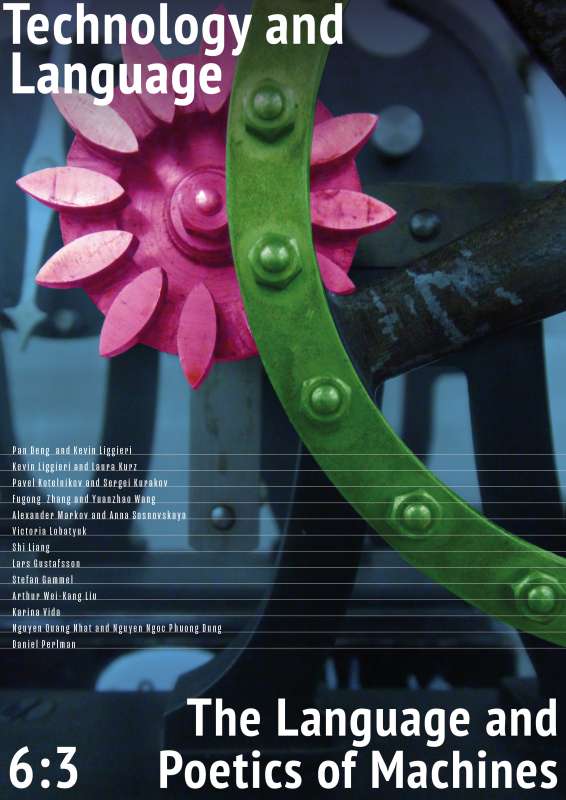The Problem of Translation of Discourse Markers (Based on the Russian and English Languages)
The article examines discourse markers as linguistically specific units and discusses the problems of their translation. Discourse markers are units that are capable of organizing a text and expressing different pragmatic meanings. This study examines discourse markers that express the degree of reliability (of course, certainly, obviously, naturally, etc.). The purpose of the study is to describe the semantic properties of discourse markers that determined their classification as linguistically specific units. Linguistically specific units are those that do not have an unambiguous lexical analogue in another language. The hypothesis of the study is that the linguistic specificity of the discourse markers of the studied group is primarily associated with their multifunctionality, that is, the ability to express different pragmatic functions depending on the context. The material for the study is the data from the English-Russian and Russian-English parallel corpora of the National Russian Corpus. The study established that the translation of these discourse markers is determined by pragmatic function in the text, individual authorial preferences and stylistic limitations. The semantics of discourse markers is flexible and is largely determined by the context. discourse markers perform two types of functions: the main functions associated with the expression of confidence in the reported, and peripheral functions involving dialogization of the text (introduction of a new topic, establishment of contact, attention management, etc.) and expression (amplification) of emotions. When choosing discourse markers, the influence of individual preferences of the translator is noted. Analyzed discourse markers have stylistic limitations that are taken into account during translation. This study confirms the presence of an intermediary mental system between the original text and its translation. The translator first creates an internal semantic representation of the text content, after which he conveys it by means of another language. Thus, the discourse markers of this group are complex words for translation, when working with which it is necessary to take into account the anthropocentric (cognitive) and functional aspects of translation.



